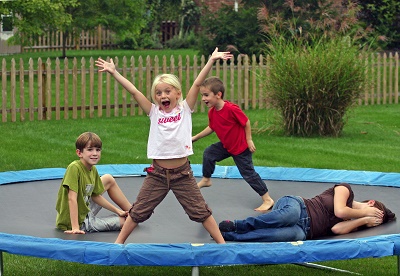 Childhood abuse is more prevalent than most people realize. A study published in 2014 in the Canadian Medical Association Journal found 32% of Canadians had experienced physical abuse, sexual abuse or exposure to intimate partner violence when they were young. These experiences were also found to be correlated to mental health issues. Stats Can research (2010) reports that children and youth are 5 times more likely to be victims of sexual offenses as compared to adults. Eight out of ten police reported crimes against children are by family members or friends. Girls are 37% more likely to be victims and males are the most common perpetrators. Childhood abuse is part of Canadian society. Preventing abuse and healing abuse are essential.
Childhood abuse is more prevalent than most people realize. A study published in 2014 in the Canadian Medical Association Journal found 32% of Canadians had experienced physical abuse, sexual abuse or exposure to intimate partner violence when they were young. These experiences were also found to be correlated to mental health issues. Stats Can research (2010) reports that children and youth are 5 times more likely to be victims of sexual offenses as compared to adults. Eight out of ten police reported crimes against children are by family members or friends. Girls are 37% more likely to be victims and males are the most common perpetrators. Childhood abuse is part of Canadian society. Preventing abuse and healing abuse are essential.
Prevention Strategies
- Minimize opportunity. Avoid one-adult one-child situations.
- Be aware that abuse happens more than you realize and that abusers are known to children.
- Talk about it with your children at an age appropriate level.
- Be aware of the signs of abuse. Some signs include: failure to thrive, inappropriate or unusual behaviour including withdrawing and anxiety, mental health issues and a sudden drop in grades at school.
- Know what to do and who to call if you find yourself in a situation where your child has disclosed abuse or you think abuse might be happening.
Therapy is an important step in the healing process if you have experienced abuse as a child. As you can see from the stats above one in three people experience abuse, so you are not alone. While there are many types of therapy, EMDR (Eye Movement Desensitization and Reprocessing) is one type of therapy that is known to work for survivors of childhood abuse. To read more about EMDR click here.
Annette understands that taking the first step in healing is difficult. She is qualified and experienced in helping individuals transform their lives. Take that first step and contact her at 905-520-5859 or click here.
Listening. Guiding. Caring.





